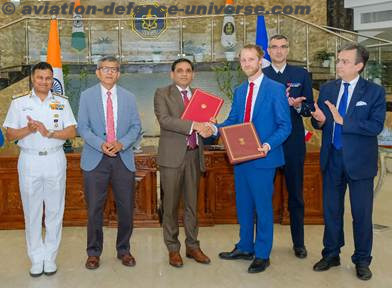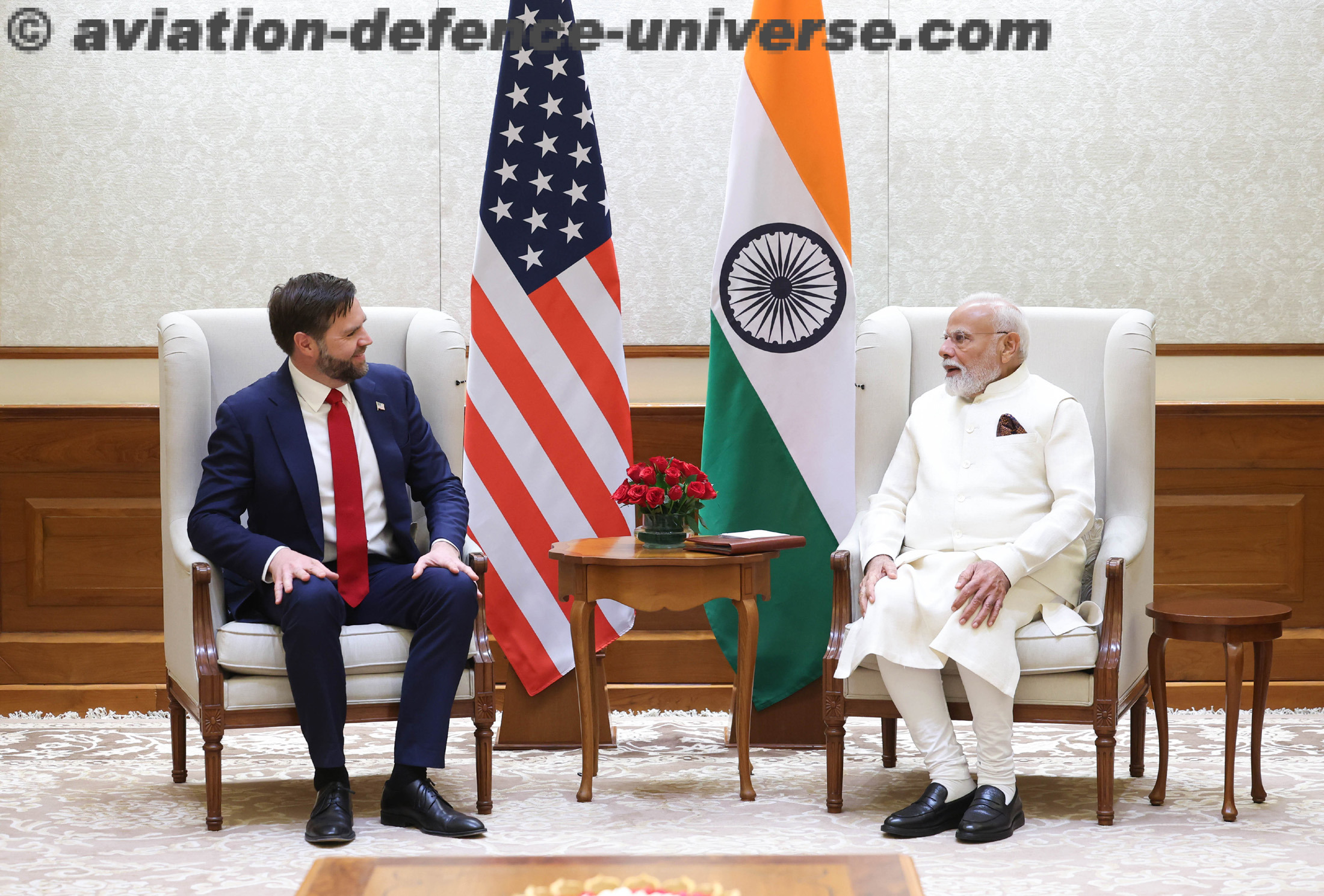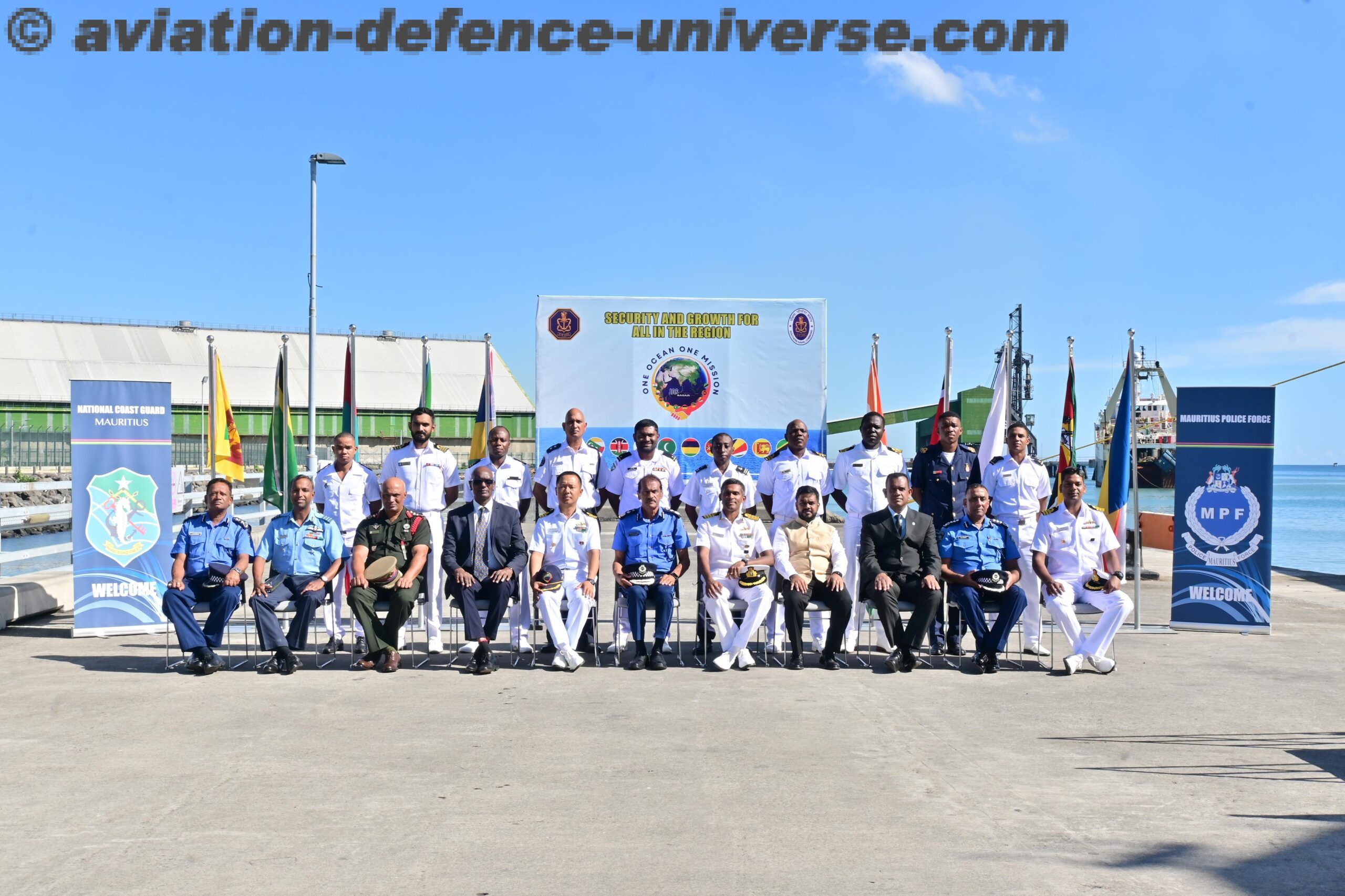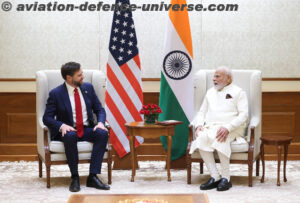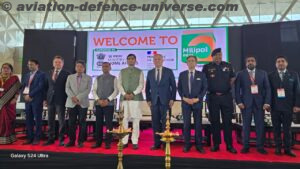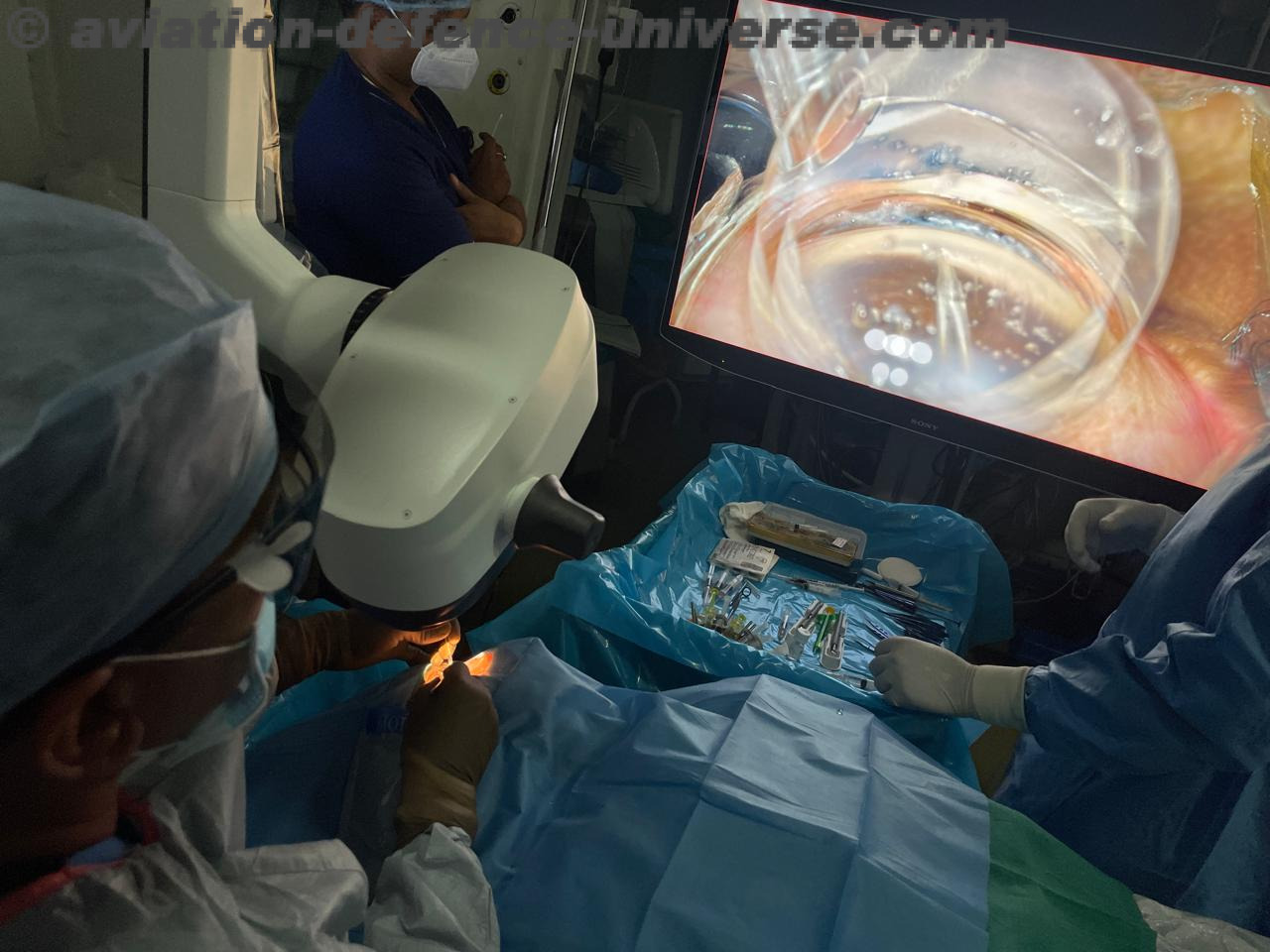· Major Gain for India on Global Maritime Stage
· To Save About Rs. 1500 crore per Annum for Merchant Ships
New Delhi. The International bodies have agreed to India’s efforts to push back the High Risk Area (HRA) from 78 degrees East longitude to the 65 degrees East longitude. This will result in huge savings for India’s EXIM trade and consumers on account of reduced insurance premium and consequently freight costs.
Piracy off the coast of Somalia / in the Gulf of Aden / Horn of Africa (East Africa) had surged very significantly from 2008 to 2012, leading to innumerable attacks and hijackings of merchant vessels and their crew.
As a part of its counter-piracy measures, the global shipping industry, represented at international confederation levels by bodies such as BIMCO, ICS, INTER-CARGO, INTER-TANKO, OCIMF etc., brought out in 2008 a document known as Best Management Practices (BMP) by, of and for the shipping industry. This was in the form of advisories and guidances for self-protection of merchant ships and their crew from piracy attacks and hijack situations while transiting in those intensely piracy prone waters.
These vulnerable areas were defined as High Risk Area (HRA), characterized by piracy attacks and / or hijackings. In 2008, the HRA line in the Indian Ocean region was designated at East of 65 degrees East longitude which was quite far away from India’s West Coast.
However, subsequently 2011, the industry body known as the Round Table (headquartered at London, UK), extended the HRA geographical coordinate in the Indian Ocean to East of 78 degrees East longitude, which came upto the west coast of India.
This stretching of the HRA had the following serious implications for India: Additional War Risk Premium (AWRP), on movement of merchant ships in piracy prone areas (High Risk Area) imposed by Insurance providers on vessels carrying Indian EXIM (export-import) cargo (around 22,000 vessels call on Indian ports every year), escalated by about approximately Rs.3,600 crore per year at the peak of the piracy period in 2008 to 2012, to around Rs.1,500 crore per year post the reduction in piracy incidence since mid 2012 onwards. The shipping industry loads this extra AWRP on the freight and transmits it to consumers, as a pass-through charge. This is a huge financial burden for Indian EXIM trade and Indian consumer.
The extended HRA came almost near the Indian coastline upto as close as about 35 nautical miles from the baseline. This was an unwarranted encroachment into India’s EEZ (Exclusive Economic Zone).
International maritime traffic density came hugging the Indian coastline to avoid the said HRA related AWRP. This, in turn, led to maritime congestion jeopardizing maritime safety. In fact, this has culminated in three reported instances of maritime collisions between merchant ships and fishing vessels, leading to fatalities of 5 Indian fishermen.
This has also led to proliferation of positioning of armed security guards on board merchant vessels to deter piracy attacks / hijackings. There have been cases of firing by such security guards on Indian fishing boats and their crew and a couple of Indian fishermen have lost their lives.
This has further led to an increase in the presence of unregulated foreign owned and operated floating armouries near India’s coastline, potentially jeopardizing Indian maritime security interests.
The Indian Navy and Coast Guard have provided escorting facilities to ships in the Arabian Sea and round the clock security to foil any potential piracy attack. As a result no piracy attack happened in the last 3 years.
Since 2011 India has been consistently taking up, over the past three years, in several global fora, such as the International Maritime Organisation and the Contact Group on Piracy off the Coast of Somalia (CGPCS), the issue of the restoration of the said HRA geographical coordinate from its existing position of East of 78 degrees East longitude to East of 65 degrees East longitude. Efforts were intensified since June 2014. Efforts were intensified and the Indian delegation took up this issue very strongly in the IMO Council meeting in July 2015 and later in the CGPCS. These efforts have now borne fruit.
In view of India’s efforts, international bodies (International Chamber of Shipping and others) have now agreed to push back the HRA from 78 degrees East longitude to the 65 degrees East longitude. This shift will come into effect from 01.12.15. The said Round Table proposes to issue fresh advisories to the international shipping community.
This is one of the most significant triumphs for India in the maritime sector on the global stage, in the past several years now, vindicating India’s reasoned stance and persistently persuasive soft skills in the matter.
This will result in huge savings for India’s EXIM trade and consumers on account of reduced insurance premium and consequently freight costs. It will improve safety of fishermen and fishing boats, and will also improve the security along India’s coastline.












